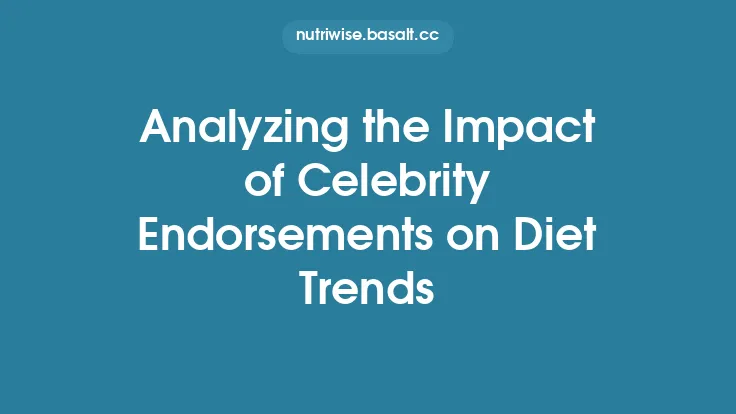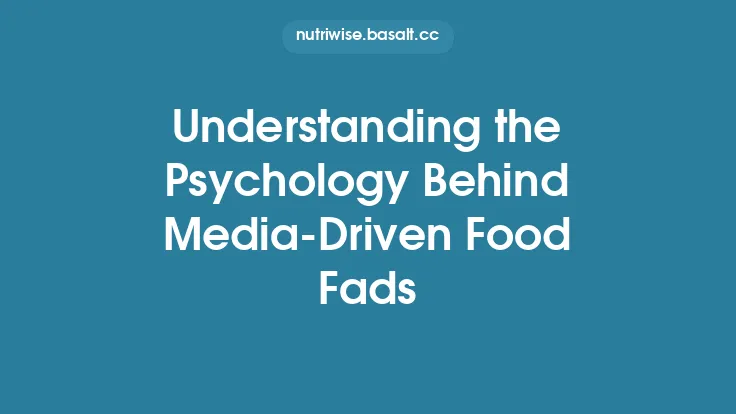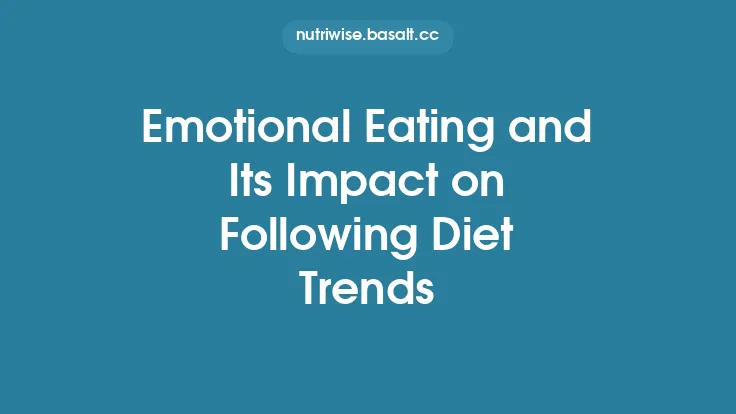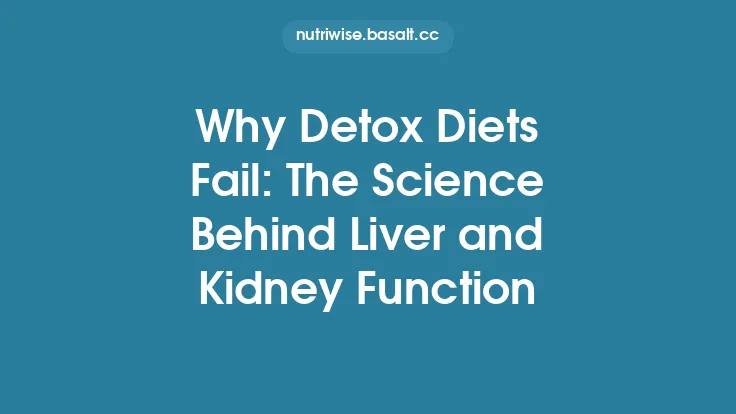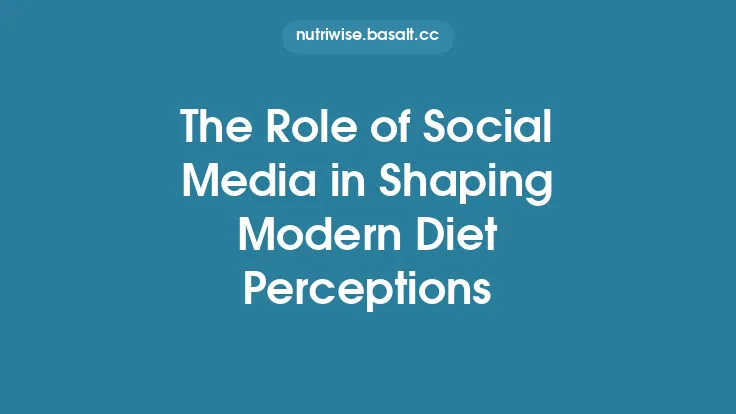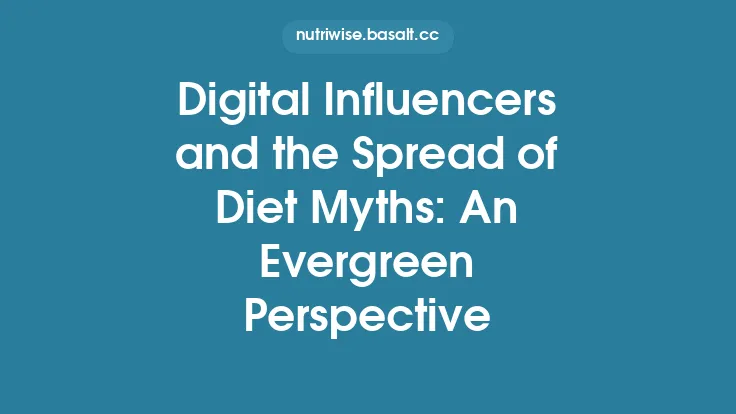The surge of new eating regimens—whether it’s a plant‑based wave, a low‑carb resurgence, or a time‑restricted protocol—has become a defining feature of modern food culture. While nutrition science provides the empirical backbone, the rapid uptake of these trends is driven largely by psychological mechanisms that operate beneath the surface of conscious decision‑making. Understanding these mechanisms helps explain why a diet that appears on a social media feed can attract millions of followers within weeks, and why some fads fade while others become entrenched in mainstream practice.
The Human Drive for Novelty and Change
Humans possess an innate appetite for novelty, a trait rooted in evolutionary survival. In unpredictable environments, exploring new resources could mean the difference between scarcity and abundance. Modern psychology translates this into a preference for “new” information, especially when it promises improvement. Diet trends often present themselves as breakthroughs—“the next big thing” that will finally unlock optimal health. This framing taps into the brain’s dopaminergic reward system: the anticipation of a novel solution triggers dopamine release, reinforcing attention and encouraging further investigation. The novelty effect also temporarily boosts perceived efficacy; early adopters report heightened motivation simply because the regimen feels fresh and different from their previous habits.
Observational Modeling Through Media Channels
Observational learning, a core component of social cognitive theory, explains how individuals acquire new behaviors by watching others. In the context of diet trends, the “others” are not limited to immediate friends or family; they extend to influencers, chefs, physicians, and even fictional characters portrayed in documentaries. When a respected figure demonstrates a diet—preparing meals, sharing personal health metrics, or narrating a transformation story—viewers internalize the behavior as a viable option. The process involves three stages:
- Attention – The media presentation must capture the audience’s focus, often achieved through striking visuals or compelling storytelling.
- Retention – Repetition across platforms (Instagram reels, TikTok clips, YouTube tutorials) reinforces memory encoding, making the diet’s core principles readily retrievable.
- Reproduction – Clear, step‑by‑step instructions lower the barrier to imitation, allowing viewers to replicate the diet with confidence.
Because the learning occurs in a mediated environment, the social pressure associated with peer groups is minimized; the individual perceives the adoption as a personal, self‑directed choice rather than a response to direct social coercion.
Authority and Celebrity Endorsements as Trust Signals
Authority bias—our tendency to attribute greater credibility to perceived experts—plays a pivotal role in diet adoption. When a diet is endorsed by a medical professional, a renowned nutritionist, or a high‑profile celebrity, the endorsement functions as a heuristic shortcut for evaluating credibility. The brain does not need to scrutinize the underlying evidence; the status of the endorser serves as a proxy for scientific validation. This effect is amplified when the authority figure aligns with the audience’s values (e.g., a fitness influencer for athletes, a wellness guru for holistic health seekers). The perceived legitimacy conferred by authority reduces cognitive load, making the decision to try the diet feel both safe and socially sanctioned.
Narrative and Storytelling: The Emotional Architecture of Diet Promotion
Stories are more memorable than abstract facts because they engage multiple brain regions simultaneously—language centers, visual imagery networks, and emotional circuits. Diet trends that are packaged within a narrative—such as a personal health crisis, a journey from “fatigued” to “energized,” or a cultural revival—create an emotional anchor that enhances recall and personal relevance. Narrative transportation, the psychological state where a reader becomes immersed in a story, can diminish critical scrutiny and increase persuasive impact. Consequently, a diet presented as a hero’s quest resonates more deeply than a list of macronutrient ratios, prompting individuals to align themselves with the protagonist’s transformation.
Perceived Control and Simplicity as Psychological Attractors
Complexity breeds resistance. Diets that promise simple rules—“eat only during an 8‑hour window,” “avoid all grains,” or “consume only whole foods”—offer a sense of control that is psychologically comforting. The illusion of control, a well‑documented phenomenon, suggests that people feel better when they believe they can influence outcomes, even if the actual impact is modest. By reducing decision fatigue (fewer choices about what to eat, when, and how much), these regimens lower the mental effort required for adherence. The resulting ease of implementation reinforces the behavior through positive feedback loops: the diet feels manageable, leading to continued practice, which in turn validates the initial perception of control.
Evolutionary Roots of Food Preference and Restriction Signals
From an evolutionary perspective, humans are wired to respond to cues that signal scarcity or abundance. Restrictive diets can paradoxically trigger a “scarcity mindset,” heightening the perceived value of the permitted foods. This effect is akin to the psychological principle of reactance, where perceived loss of freedom increases desire for the restricted item. Simultaneously, the promise of “clean” or “pure” foods taps into an ancient aversion to potential toxins, aligning modern health narratives with deep‑seated survival instincts. When a diet claims to eliminate “harmful” components (e.g., processed sugars, artificial additives), it resonates with the brain’s built‑in vigilance against environmental threats, making the regimen appear biologically congruent.
Diffusion of Innovations: Adoption Curves in the Dietary Landscape
Everett Rogers’ diffusion of innovations theory provides a framework for mapping how diet trends spread through populations. The model identifies five adopter categories:
- Innovators – Typically nutrition researchers or avant‑garde chefs who experiment with untested protocols.
- Early Adopters – Influential community members (e.g., fitness coaches) who adopt after observing initial results.
- Early Majority – The larger segment that waits for social proof and moderate evidence before committing.
- Late Majority – Skeptical individuals who require extensive validation and often adopt after the trend becomes mainstream.
- Laggards – Those who resist change until the diet is entrenched or the previous paradigm is obsolete.
Each stage is propelled by distinct psychological motivators: curiosity for innovators, status signaling for early adopters, risk aversion for the early majority, and conformity for the late majority. Understanding where a diet sits on this curve helps predict its longevity and the intensity of marketing needed to push it into broader acceptance.
Media Amplification and the Psychology of Visibility
The modern information ecosystem magnifies diet trends through algorithmic reinforcement. Platforms prioritize content that generates high engagement—likes, shares, comments—creating a feedback loop where popular diet posts become more visible, further increasing engagement. This “visibility bias” leads individuals to overestimate the prevalence of a diet, a phenomenon known as the “availability heuristic.” When a diet appears repeatedly across feeds, it feels normative, encouraging adoption simply because it seems widely practiced. Moreover, visual media (bright plates, before‑and‑after photos) provide immediate, emotionally resonant evidence that can outweigh abstract statistical data.
Fear of Missing Out (FOMO) and Temporal Urgency
FOMO, the anxiety that one is missing out on rewarding experiences, is a potent driver in the rapid uptake of diet trends. Marketers often embed temporal cues—limited‑time challenges, “30‑day transformation” programs, or seasonal detoxes—to create a sense of urgency. The psychological pressure to act quickly reduces deliberation time, prompting impulsive enrollment. This urgency is reinforced by social proof: seeing peers post progress updates within the same timeframe intensifies the fear of being left behind, further accelerating adoption rates.
The Health Halo Effect: Shortcutting Trust in Nutritional Claims
When a diet is associated with a single positive attribute—such as “plant‑based” or “low‑glycemic”—the health halo effect leads individuals to assume the entire regimen is beneficial, even without comprehensive evidence. This mental shortcut simplifies complex nutritional information, allowing the brain to make quick judgments. The halo effect also protects the diet from critical scrutiny; negative aspects are downplayed or rationalized because the overarching label carries a strong positive connotation. Consequently, diets that can secure a compelling health halo enjoy sustained popularity, as the perceived benefits outweigh perceived risks in the public’s mind.
Integrating Psychological Insight into Public Health Messaging
Recognizing the psychological levers that propel diet trends offers a strategic advantage for health professionals seeking to guide the public toward evidence‑based nutrition. By framing scientifically sound recommendations within narratives, simplifying guidelines, and leveraging credible authorities, public health messages can compete more effectively with commercial diet promotions. Moreover, acknowledging the role of novelty, control, and social visibility allows policymakers to design interventions that satisfy these psychological needs without compromising nutritional integrity.
In sum, the allure of diet trends is not merely a matter of culinary curiosity; it is a complex interplay of evolutionary predispositions, cognitive shortcuts, social learning mechanisms, and emotional narratives. By dissecting these psychological underpinnings, we gain a clearer picture of why certain eating patterns capture the collective imagination and how we might steer that momentum toward healthier, more sustainable outcomes.
